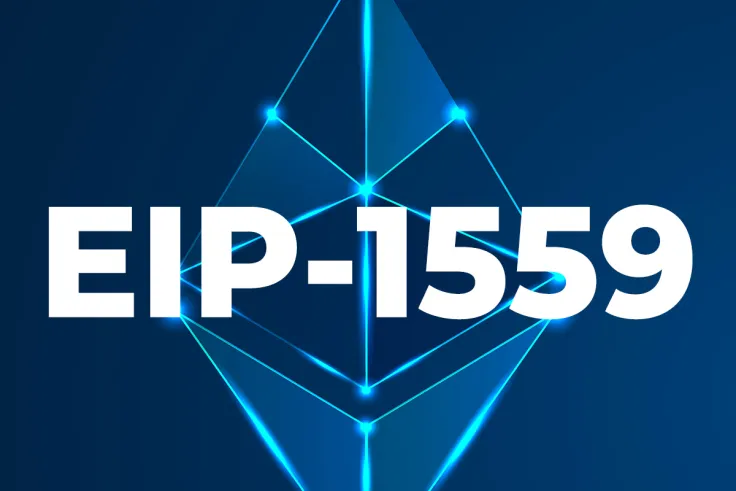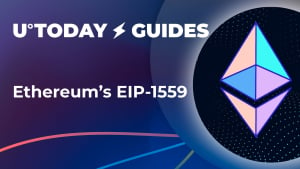
In general, Ethereum (ETH) enthusiasts are optimistic about the first effects of the London hardfork. Ethers are burned at an increasing pace, and now even crypto newbies can monitor this process 24/7.
Last hour updates: Introducing Ethereum Burn Bots
Several basic on-chain monitoring instruments are released to track how EIP 1559 is affecting the Ether supply. ETH Burn Bot publishes its updates every hour.
131.5918 $ETH burned ??? last hour.
— ETH Burn ? Bot ?? (@ethburnbot) August 9, 2021
Issuance: 488.0000 ETH
Net Change: +356.4082 ETH
Annualized: 2.67%
Hour: 2021-08-09 09:00 UTC
Last Block: 12990215
It broadcasts the most crucial metrics of the Ethereum (ETH) burning process, i.e., the number of ETH coins destroyed over the past year, the number of Ethers issued (mined) during this period and the net change in the Ethereum (ETH) supply. Finally, the bot calculated the annualized estimated increase (decrease) in the Ether (ETH) supply.
Another automated tracking mechanism, the Burned Ether bot, displays the current base fee rate, the average "miner tip" size, the total number of Ethers burned and their current USD-denominated value.
#Ethereum Burn Update
— Burned Ether ??? (@BurnedEth) August 9, 2021
Current Basefee: 50.3 Gwei
Avg Miner Tip: 4.22 Gwei
Total burnt $ETH: 16960.20 ETH
Total burnt $ETHUSD: $52,595,107https://t.co/IjNPIjraWa
This bot also broadcasts messages to Twitter once an hour.
More ETH is used, more ETH is burned
Besides Twitter, Ethereum (ETH) enthusiasts can monitor the dynamics of the Ethereum (ETH) supply through special dashboards. One of them, EthBurned.Info, displays the aggregated number of ETH destroyed and the metrics from the last hour.
A special diagram demonstrates how the number of Ethers burned per block changes over time. EthBurned.Info is launched and maintained by David Mihal, creator of popular explorer Cryptofees.Info.
As covered by U.Today previously, Ethereum (ETH) mainnet activated London hardfork that includes five updates. However, it is known for EIP 1559, an upgrade of the Ethereum (ETH) fee model.
Now, Ethereum (ETH) fees include a "basic fee" that reflects the saturation of the network (how many transactions are included in this or that block) and "tips" designed to incentivize miners.
The entire "basic fee" sum is "burned," which means they are excluded from Ether (ETH) circulation for good.

 Alex Dovbnya
Alex Dovbnya Caroline Amosun
Caroline Amosun Dan Burgin
Dan Burgin